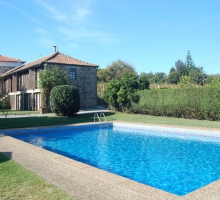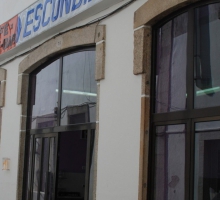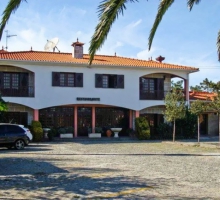In 1617, there was already a chapel dedicated to San Antonio that was in ruins.
Everything indicates that it was expanded and renovated in 1692 (date on the door of the sacristy).
It is a chapel that presents some Mannerist aspects, along with decorative elements and additions of the Baroque period.
It has a longitudinal plan, with a single nave, rectangular presbytery and sacristy on the side of the Gospel.
On the facade, in the upper and central area of the pediment, there is a small bell tower.
It has a high choir (taking advantage of the fragments of the high choir and the spiral staircase brought from the Church of S. Pedro de Rates).
The interior decoration of the Baroque period takes advantage of the golden Mannerist, national and Rococo elements, as well as the interlocking mosaic panels (17th and 18th centuries), also of the parish church.
Location: Póvoa de Varzim
Everything indicates that it was expanded and renovated in 1692 (date on the door of the sacristy).
It is a chapel that presents some Mannerist aspects, along with decorative elements and additions of the Baroque period.
It has a longitudinal plan, with a single nave, rectangular presbytery and sacristy on the side of the Gospel.
On the facade, in the upper and central area of the pediment, there is a small bell tower.
It has a high choir (taking advantage of the fragments of the high choir and the spiral staircase brought from the Church of S. Pedro de Rates).
The interior decoration of the Baroque period takes advantage of the golden Mannerist, national and Rococo elements, as well as the interlocking mosaic panels (17th and 18th centuries), also of the parish church.
Location: Póvoa de Varzim




